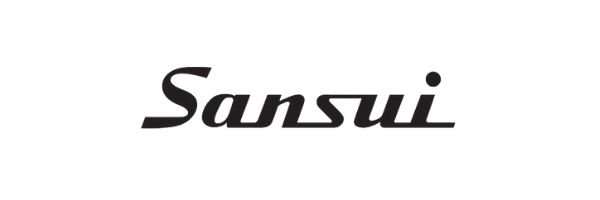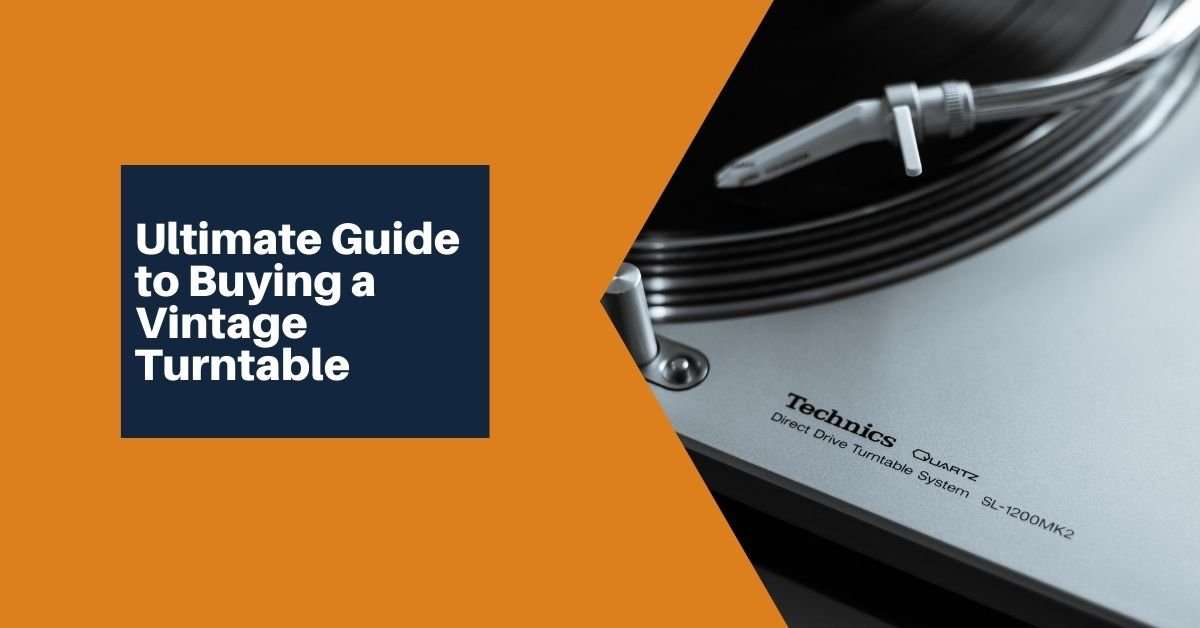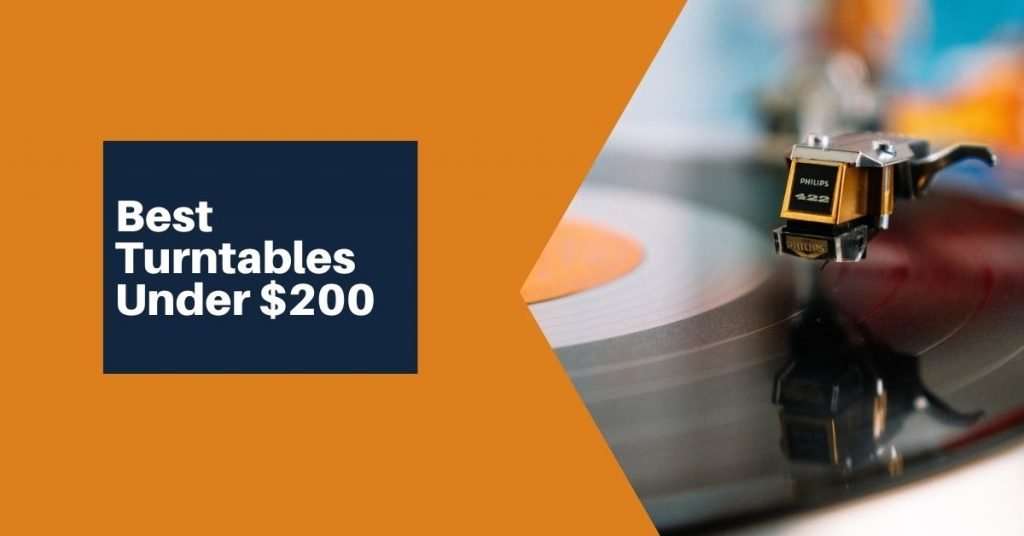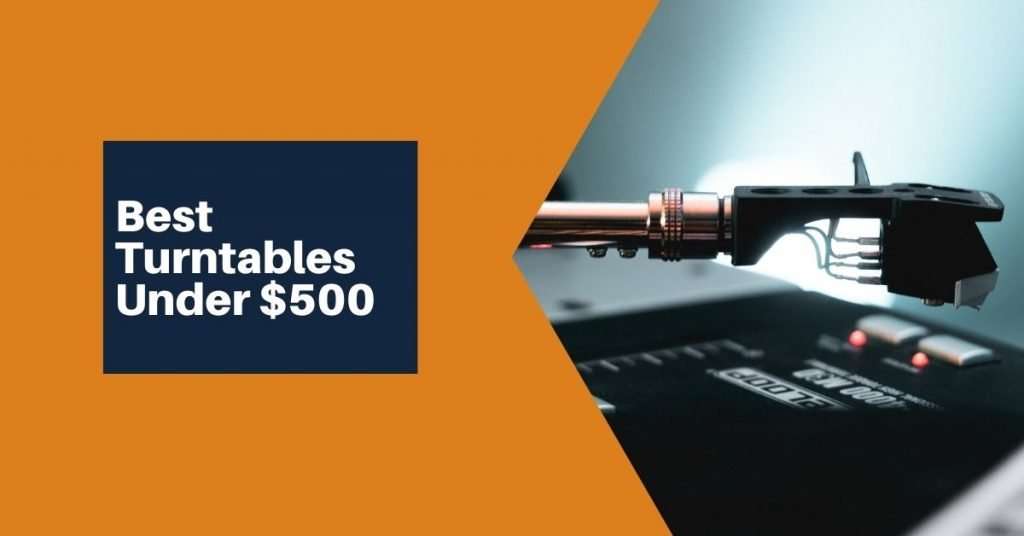Ah, the turntable. A symbol of time-honored tradition and true musicianship. Considering that many of our favorite musicians from decades past have been using this technology for their recordings, it’s not hard to see why there is a resurgence in both vinyl records and vintage turntables and record players.
In this guide, we’ll cover why you might want to buy vintage vs. new, where you can find these vintage turntables, and how to buy them so you don’t end up needing to invest more money into repairs.
Table of Contents
- Is it worth it to buy a vintage turntable?
- Where to find a good vintage turntable
- What to check when buying a vintage turntable
- What’s a fair price for a vintage turntable?
- What are the best vintage turntables to buy?
Is it worth it to buy a vintage turntable?
So, the number one question you might be asking yourself right now is is it actually worth it to buy a vintage turntable as opposed to a new one? Well, the answer is complicated…
If you’re just looking for a quality piece of equipment that can play your records without any issues, then there’s no harm in buying a new one! There are plenty of great turntables out there chock full of all the latest sound engineering features you could ask for… but sometimes, it might be worth it to buy vintage.
When you’re buying vintage, you’re paying for quality and reputation. Many of these brands have been around for decades (if not longer!) so there’s a certain degree of trust that comes with it.
Vintage turntables come with 3 major benefits compared to newer, modern turntables:
- They can often be found for much cheaper than an equivalently featured modern turntable.
- Consumer products had much better build quality back in the 1970s and 1980s.
- Many of these turntables have elegant aesthetics that people are fond of and/ or nostalgic about.
Keep in mind, when buying vintage, you’re buying a used turntable. This could have sat in someone’s attic or basement for decades. It’s extremely important to know what you’re getting into and how to evaluate if a vintage turntable is even worth buying before forking over your hard-earned cash.
Where to find a good vintage turntable
There are a few marketplaces online and in-person you can go to purchase a vintage turntable or record player. They all come with their own unique set of advantages and disadvantages. Here’s an outline:
Facebook Marketplace & Craigslist
Online classifieds like Facebook Marketplace and Craigslist are great places to find and buy vintage turntables and record players. You can easily search within your local community or expand to the next city or town to see what else is out there. Additionally, there are often images and a description of the turntable, making it easy to evaluate if it’s something you’d be interested in buying.
Facebook Marketplace and Craigslist aren’t without their drawbacks though. It can be a relatively competitive environment, and if someone else is looking for a turntable or record player at the same time you are, odds are it’ll get picked up quickly. Not to mention you have to meet with the seller and conduct the transaction which can be intimidating.
We always suggest meeting in a public place when buying from online classifieds. Police stations often will have surveillance cameras facing the parking lot for added safety, but libraries, coffee shops, and churches are a few other options as well.
eBay
eBay is easily the largest option on this list. With millions of listings added per day, there are without a doubt many vintage turntables and record players available for purchase. What’s even better is they can be shipped right to your door!
However, eBay is easily the most competitive space where people buy and sell vintage turntables and audio equipment. If someone is taking the time to place the listing on eBay, they know what they have, so odds are you aren’t going to be getting a very good deal… but you never know!
Local Record Stores
We love our local records stores, as I’m sure you do! Depending on the store, they might also sell used record players and turntables. It’s great to support your local record shop and buy something there.
The only issue is everyone who walks through the door is in their target sales demographic, so anything desirable will be picked up quickly, sometimes within minutes. It’s a right place, right time kind of situation.
Thrift Shops
Thrift shops are great places to find a deal, especially on vintage audio equipment. things are often priced very low to encourage quick sales of their donations.
There’s obviously no guarantee that your local thrift shop will have a turntable or record player in stock every time you go there, so it takes some dedication to find one.
Garage Sales
Garage sales are great places to find vintage turntables on a bargain, but again, there’s no guarantee that every home will have one for sale.
If it’s Spring cleaning time and you’re in the market for a turntable, you’d be wise to stop by a few garage sales.
What to check when buying a vintage turntable

So you’ve found a vintage turntable or record player. There are a few things you need to do before handing over your cash. Let’s walk through them:
Step 1: Make sure you have a test record
It’s extremely important you have something to play on the turntable to test it. The perfect test record is something that’s cheap, but still in good shape. Your test record will largely depend on your collection, but we recommend Steely Dan’s Aja is the perfect test record due to its high sound production and inexpensive cost to purchase.
Step 2: Conduct a visual inspection
Before even placing your test record on the turntable, it’s important you conduct a visual inspection of a few different important elements:
Check the drive type
Vintage turntables often come in 3 different drive types:
- Belt drive
- Direct drive
- Idler
It’s important to verify what drive type it is so you can later inspect the motor element. Additionally, there are different benefits and drawbacks to each drive type. Ideally, figure out what you want before all of this.
Check for general wear and tear
Remember, these turntables are often decades old, so don’t expect them to be in pristine condition. That being said, make sure there are no large cracks in the plastic or wood that could indicate a larger problem internally with the motor or idler wheel.
Check the stylus and cartridge
Inspect the stylus and cartridge for dust and other junk that’s not supposed to be there. It might be a good idea to bring a stylus brush just in case this is dirty so you can clean it.
Check the tonearm and counterweight
Make sure both the tonearm and counterweight are attached. You’d be surprised at how often people try to sell turntables without the counterweight!
Check the cords and cables
At the very least, the turntable should have a phono cord coming from it – ideally also a ground connection. Check to make sure these are attached and in decent condition.
Step 3: Ask questions about maintenance
Asking questions about the turntable’s maintenance can be a great way of getting leverage when it comes time to discuss the price. Depending on the seller, they may not know this information which can help you make a case for a lower price.
Here are some examples of good questions to ask when buying a second-hand turntable:
“When were the cartridge and stylus last changed?”
Decent cartridges start around $50. If this was not recently changed you need to take that as part of your entire budget.
“When was the motor last maintained?”
Oiling the motor of belt drive and direct drive turntables is very important. Without oil, it can cause the pitch to shift and affect sound quality.
“When was the belt last changed?”
This obviously only applied to belt-driven turntables, but it’s important to know when the belt was replaced. Belt stretch out and become brittle over time, and while not expensive, it’s more time and money you’ll need to invest if not recently changed.
“Where was this turntable stored?”
This is just a good question to gauge the seller’s level of care for the turntable or record player.
Step 4: Conduct a test listening session
If everything checks out at this point, it’s time to throw on your test record and start listening (and watching) to what the turntable does.
Here are a few things to check, watch, and listen for during this:
Make sure the tonearm is balanced
It’s important the tonearm is balanced so the music you’re playing doesn’t sound unnecessarily distorted. Additionally, take this time to set the anti-skating if this feature is present.
Listen for distortion and pitch wobbles
If everything is properly set up at this point, a working turntable should sound good. Distortion is a sign that something is wrong with the cables, stylus, cartridge, or tonearm.
Also, monitor the speed at which the platter is moving. Does the pitch wobble or move over time? This could be a sign the motor, idler wheel, or belt need to be replaced or maintained. Direct drive motors are especially susceptible to this and need to be oiled frequently.
Test the speed settings, pitch tune knobs, and arm auto return button
Test all the various buttons and knobs on the turntable. These will be unique to the turntable you’re looking at, but make sure the RPM speed adjustment, your pitch tune knob, auto return, and start/ stop button works.
Step 5: Get ready to walk away or make an offer
After the test, you should know if this is the turntable you want or not. If this is a private party sale, we suggest haggling a little bit for a better price if you’re comfortable. Use anything from your tests above to help make your case for a lower offer.
What’s a fair price for a vintage turntable?
The price of a second-hand turntable or record player is largely driven by its brand and model, covered below, but also its condition and what amount of work is needed to get it in operating condition. So the answer is, it depends.
The best way to find the market value of a turntable is to go on eBay, type in the turntable brand and model, search, and click “show only sold items.” This will show you completed listings of the turntable that sold. Average a few of the prices out to determine what the going market value is.
What are the best vintage turntables to buy?
This is largely a subjective question. First, determine what kind of turntable or record player you want. Direct drive turntables for DJ-ing and instant torque, belt-driven for more reliability – only you can answer this based on your needs.
Once you’ve figured that out, start checking around some of the marketplaces mentioned above.
We did compile a list of our favorite vintage turntable brands to help guide your search.
Technics

Technics is a premium turntable brand that’s raved about on audiophile forums. It’s been around since 1965 and has a long, rich history in the turntable and DJ-ing scenes. These turntables have better sound quality than many high-end modern turntables!
Sansui

Sansui is another one of those brands with a rich history in high-quality audio equipment. Their designs often feature stained wood and look amazing.
Acoustic Research

Another great turntable brand. Acoustic Research incorporates wood accents into their designs and has some of the highest build qualities on the vintage market… no plastic to be found here!
In conclusion…
Buying vintage is an extremely fun way to bring a little flair to any hobby. We hope you found this guide useful in your musical journey. Here’s to better sound with vinyl!
Related Posts

Lead Editor / Owner
After beginning his career in the video and audio recording industry, Andrew started HiFi Hippo to share his knowledge and passion for vinyl and vintage audio with other readers.


